Building on perhaps one of the oldest modes of transportation, the U-Shift from DLR is an electric skateboard of sorts that plugs into a variety of modules, becoming a part of them… like a horse attaching itself to a chariot. Equipped with a powerful electric drivetrain capable of great torque, the U-Shift can pull modules with humans or cargo, allowing it to serve multiple functions in one format.
While some laud it as the future of logistics (and it certainly might be), it has roots embedded in history dating millennia ago! Just the way a single horse could pull a cart, a chariot, or a caravan with humans + cargo, the U-Shift has the ability to pull anything it’s attached to. Designed to suit modern conditions (because we don’t really use horses anymore), the U-Shift is capable of traveling larger distances non-stop, and silently. The first DLR U-Shift prototype was presented at the Interim Conference of the Strategic Dialogue for the Automotive Sector at Baden-Württemberg, Stuttgart last week. “We want to make tomorrow’s mobility more sustainable, effective, and convenient,” said Nicole Hoffmeister-Kraut, Baden-Württemberg Minister for Economic Affairs. “Entirely new products and business models can emerge from futuristic innovations such as the U-Shift vehicle concept.”
Currently, the U-Shift prototype is controlled remotely, but future iterations of the electric driveboard are likely to be fully autonomous. For now, DLR has demoed the U-Shift along with a standard cargo-capsule, capable of carrying 4 Euro-sized pallets of freight eight barred rolling cabinets, and a mini-bus passenger capsule, with enough space for comfortably seating 7 people.
Designer: DLR (Deutsches Zentrum für Luft und Raumfahrt)

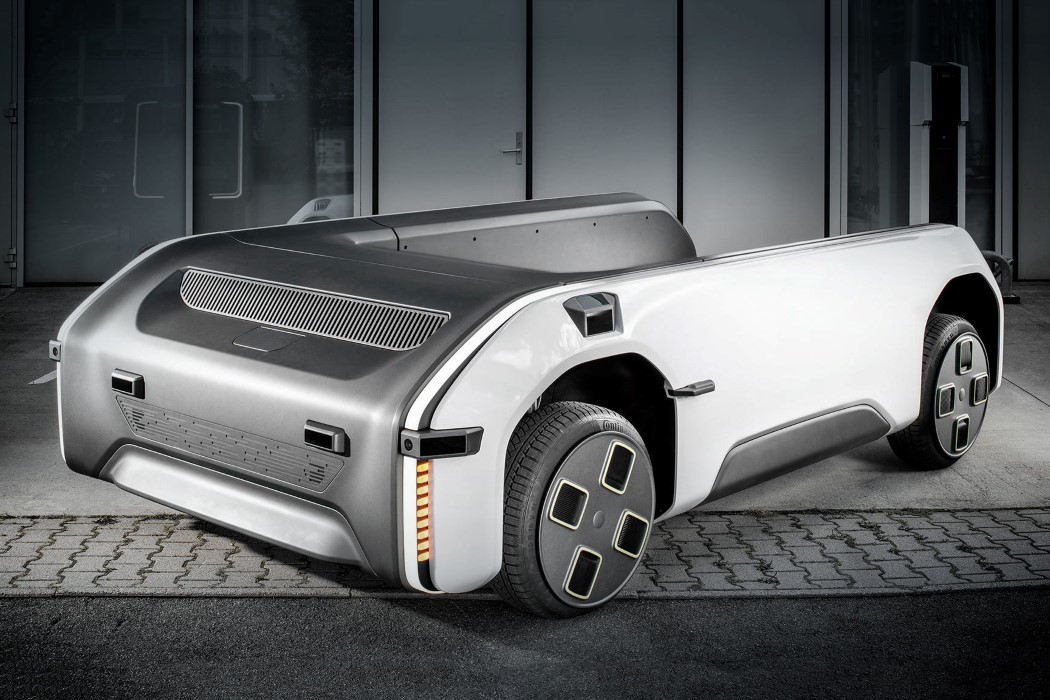
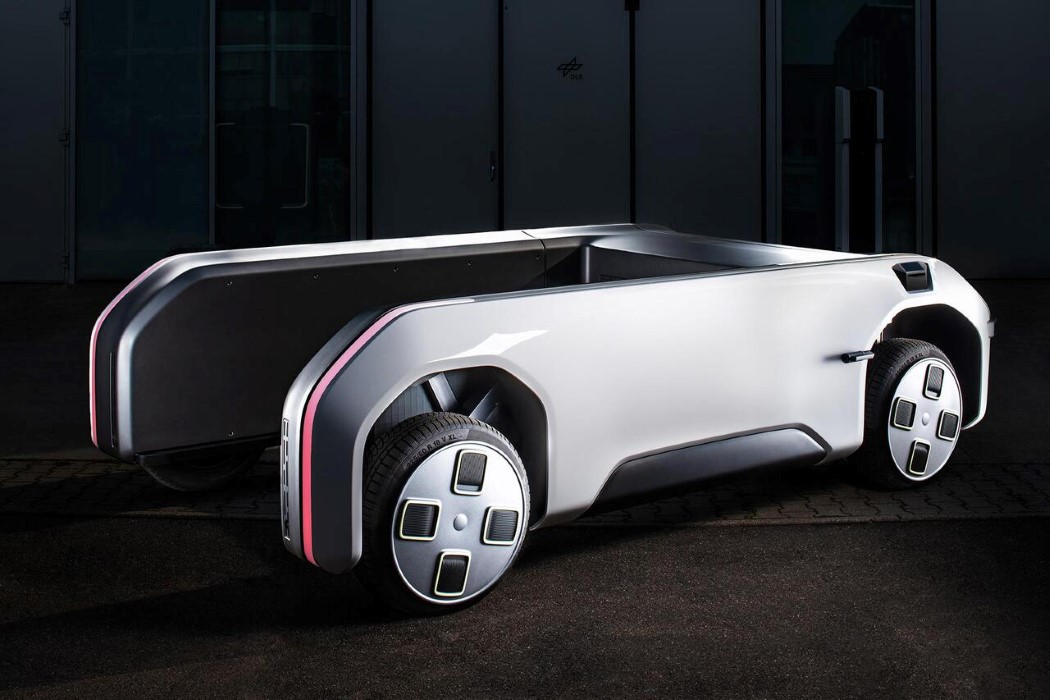
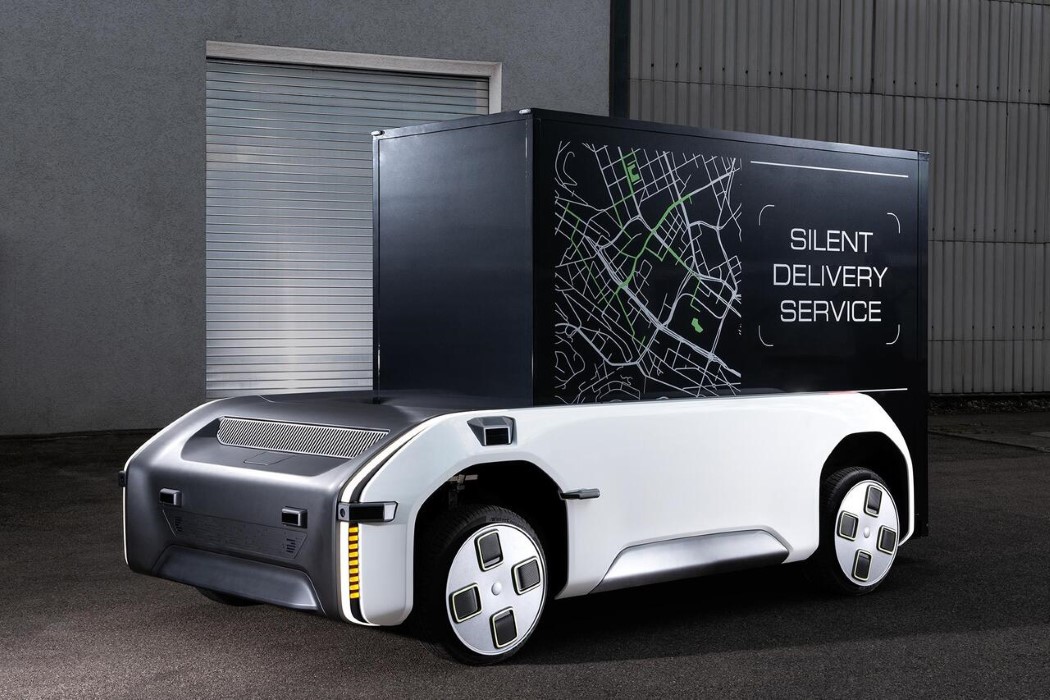
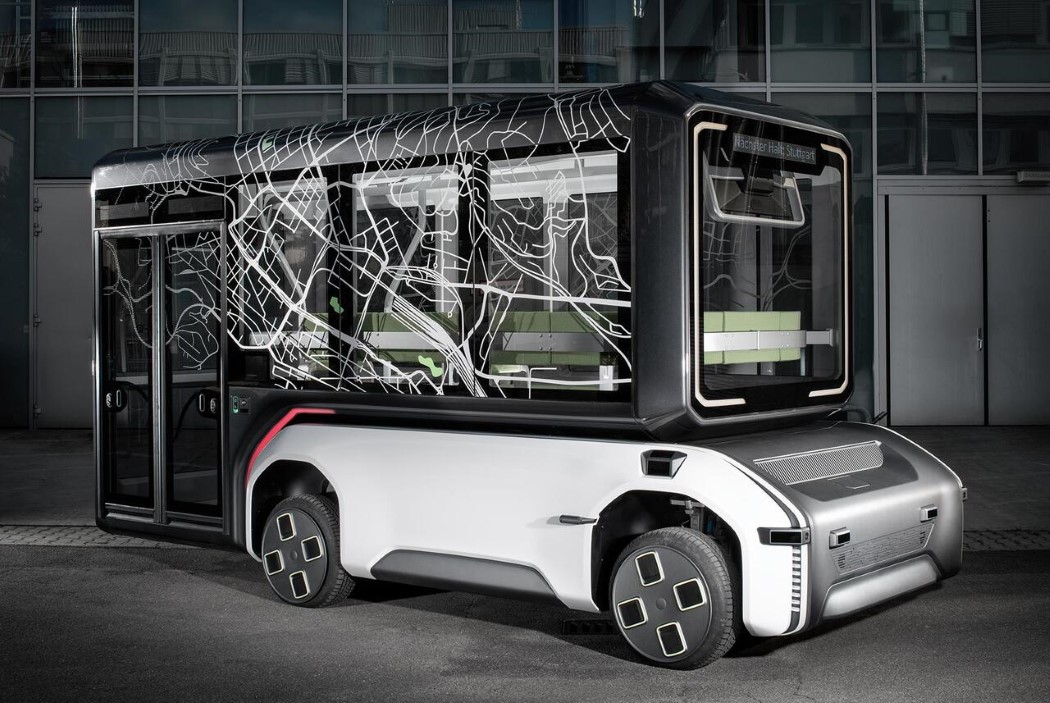
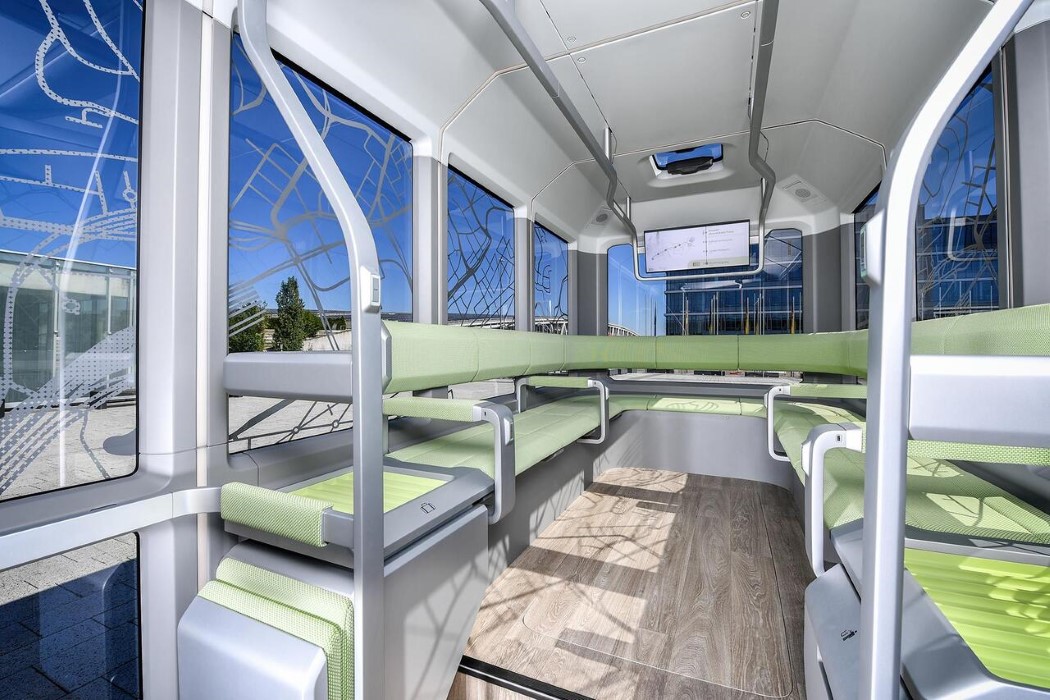
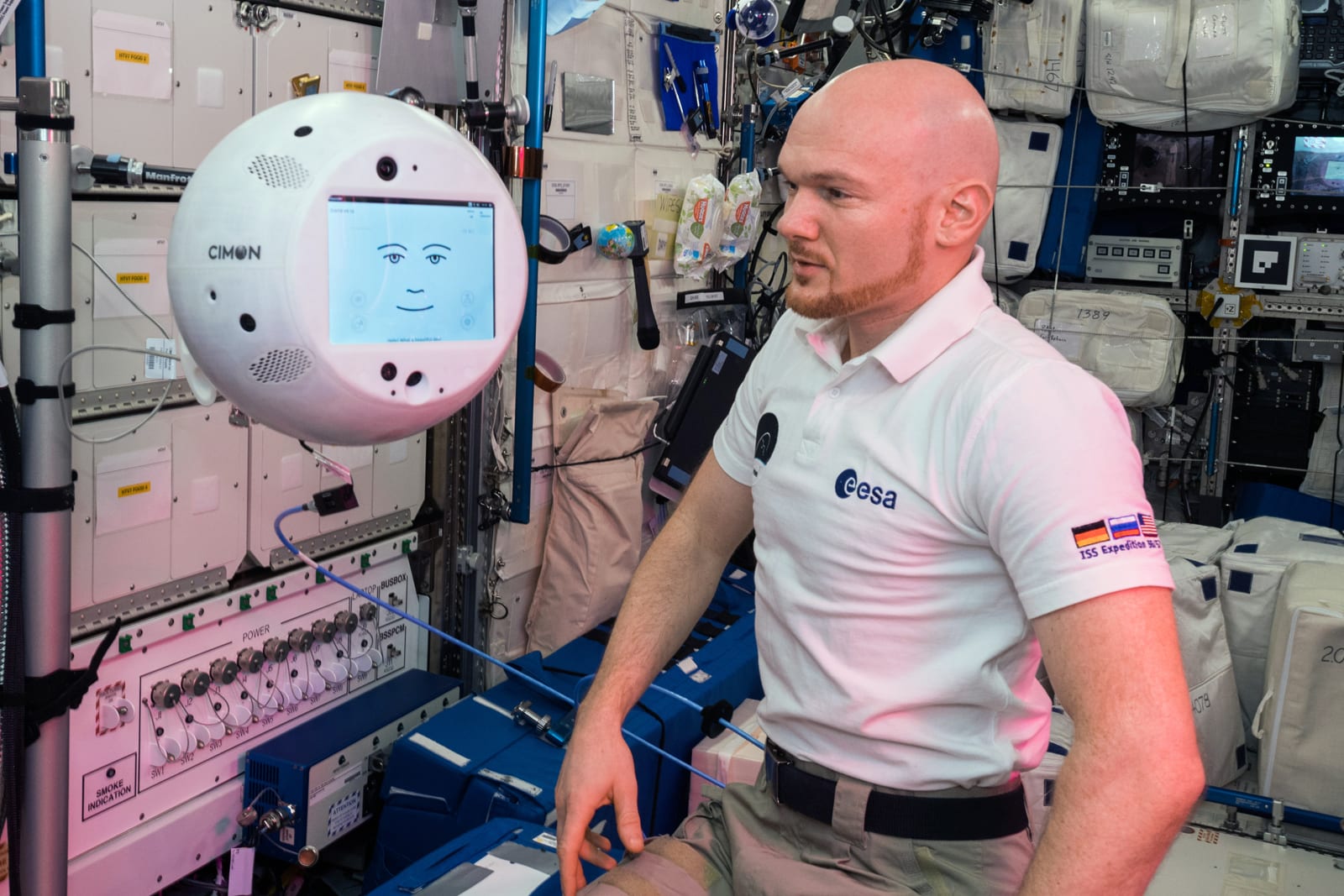 Humans are one step closer to having robot assistants in space. The IBM- and Airbus-made CIMON (Crew Interactive Mobile Companion) robot returned to Earth on August 27th after successful testing aboard the International Space Station. The spherical...
Humans are one step closer to having robot assistants in space. The IBM- and Airbus-made CIMON (Crew Interactive Mobile Companion) robot returned to Earth on August 27th after successful testing aboard the International Space Station. The spherical...
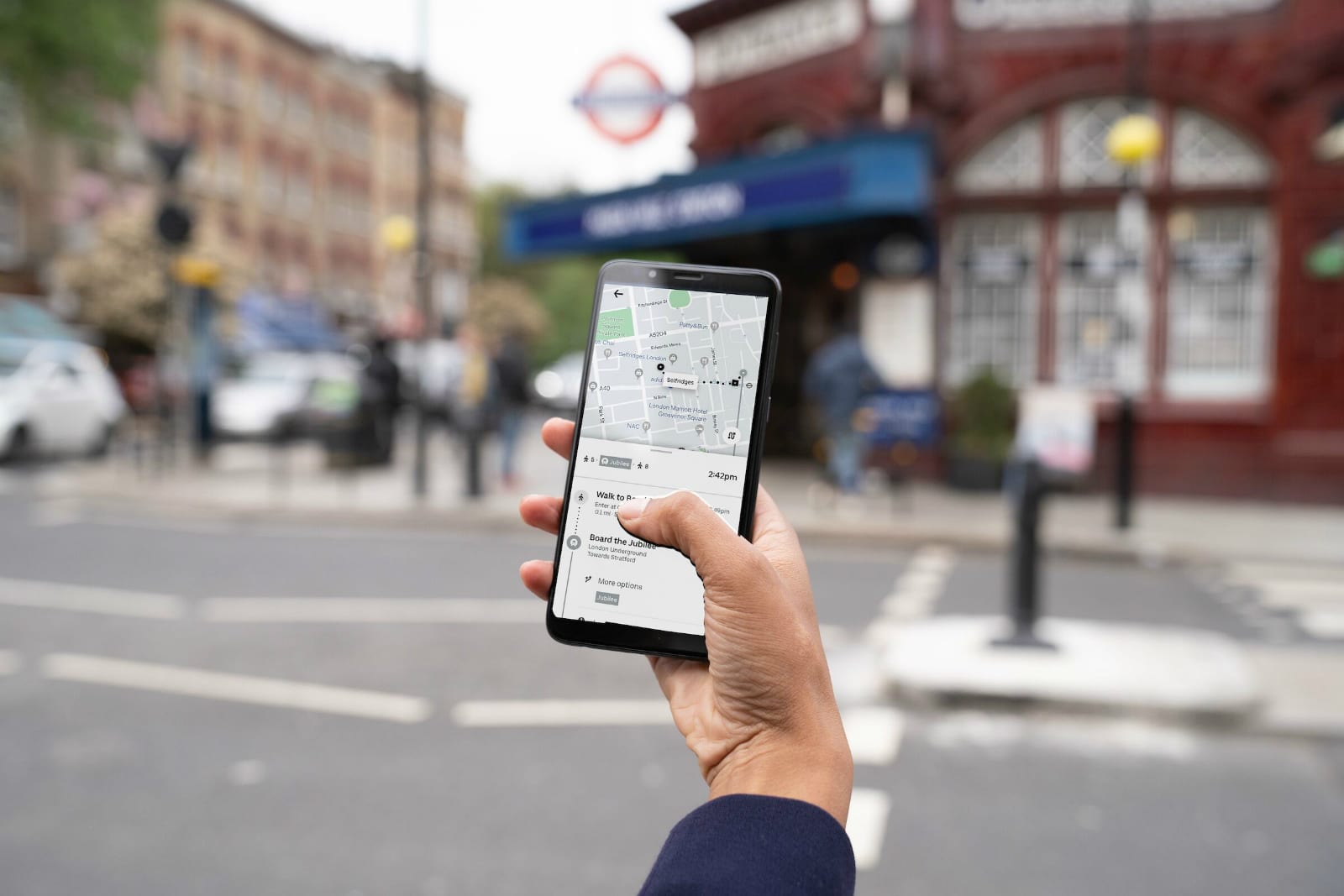 Londoners can now compare their public transport and ridesharing options in the Uber app. Tuesday, the company added real-time Underground, bus, train and Docklands Light Railway (DLR) info to a new "Public Transport" feature, which appears next to t...
Londoners can now compare their public transport and ridesharing options in the Uber app. Tuesday, the company added real-time Underground, bus, train and Docklands Light Railway (DLR) info to a new "Public Transport" feature, which appears next to t...
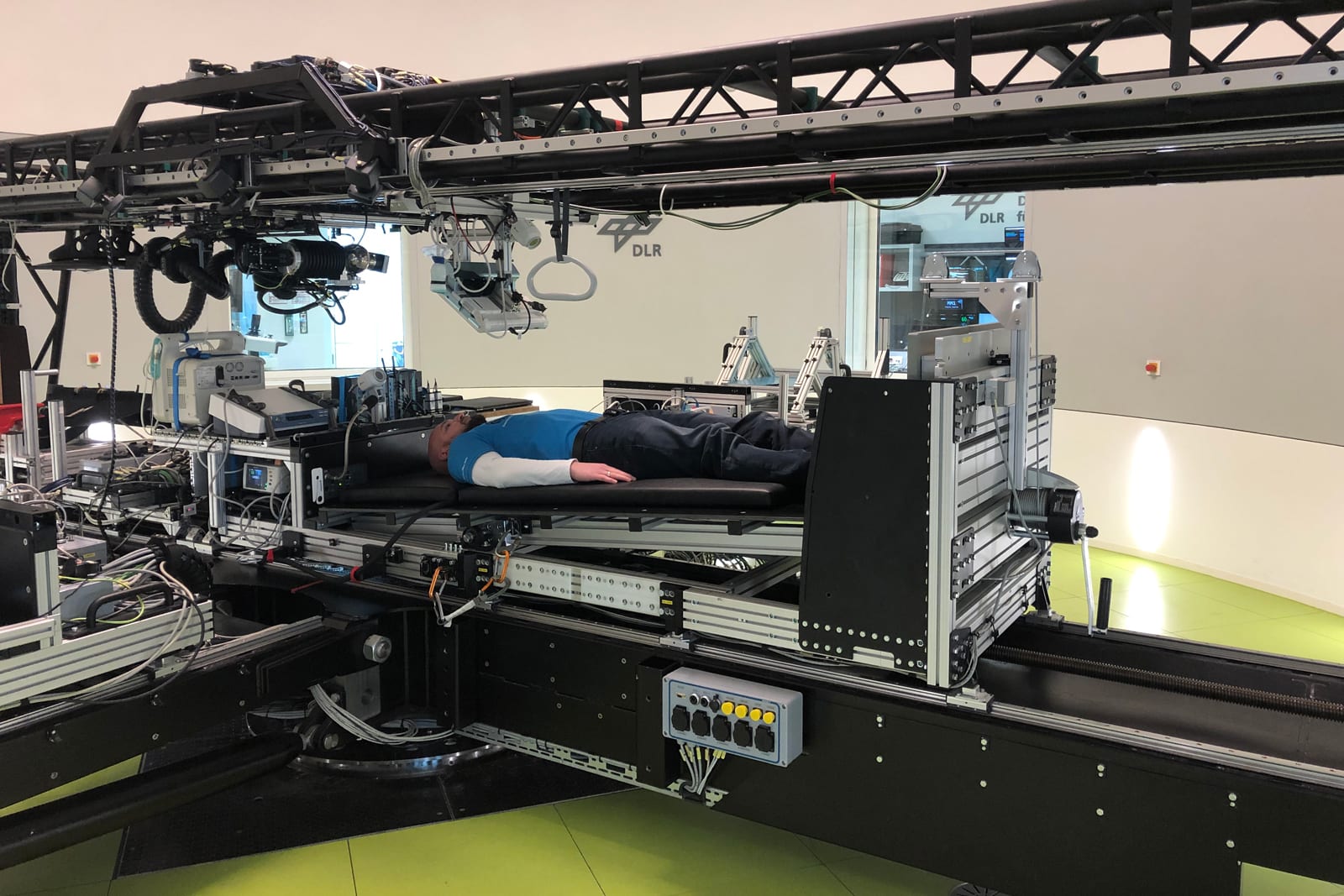 Astronauts aboard the International Space Station have to exercise and alter their diet to endure extended stays in microgravity, but NASA and the ESA hope to find a better way. They're about to start a study that will explore how artificial gravity...
Astronauts aboard the International Space Station have to exercise and alter their diet to endure extended stays in microgravity, but NASA and the ESA hope to find a better way. They're about to start a study that will explore how artificial gravity...
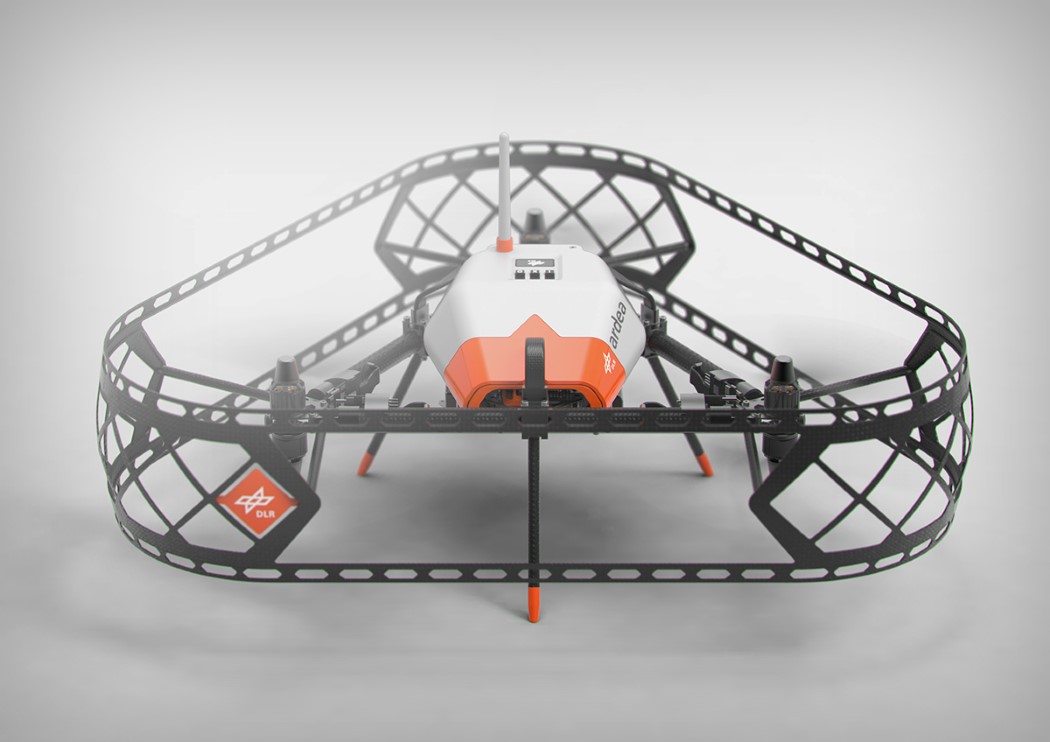
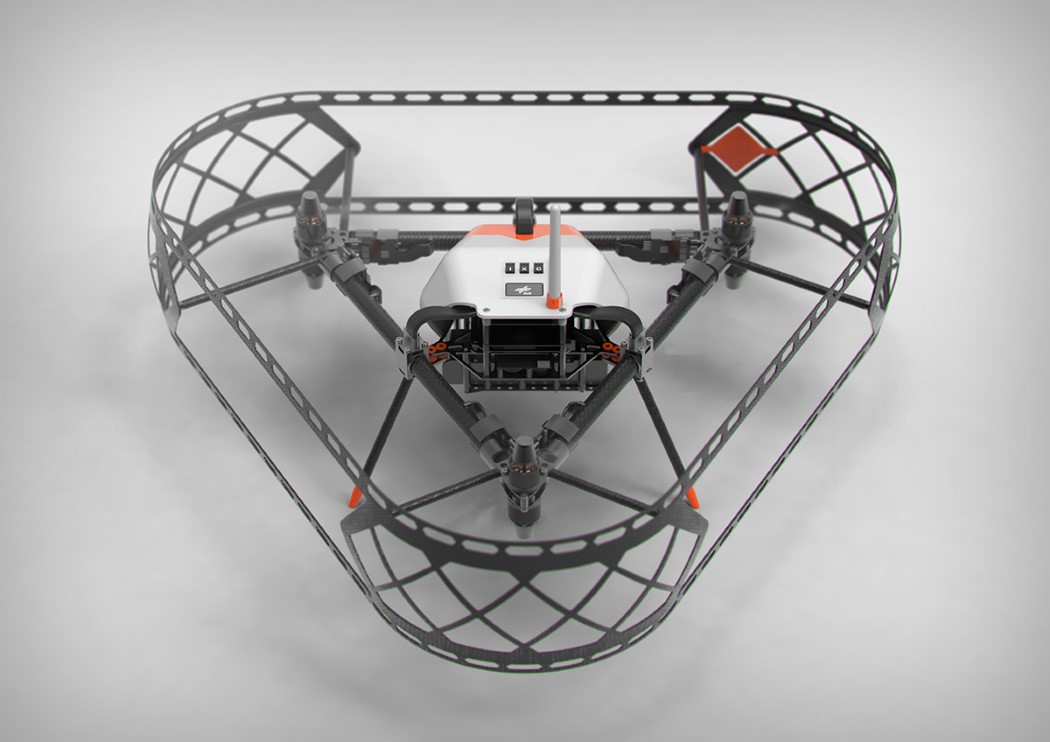
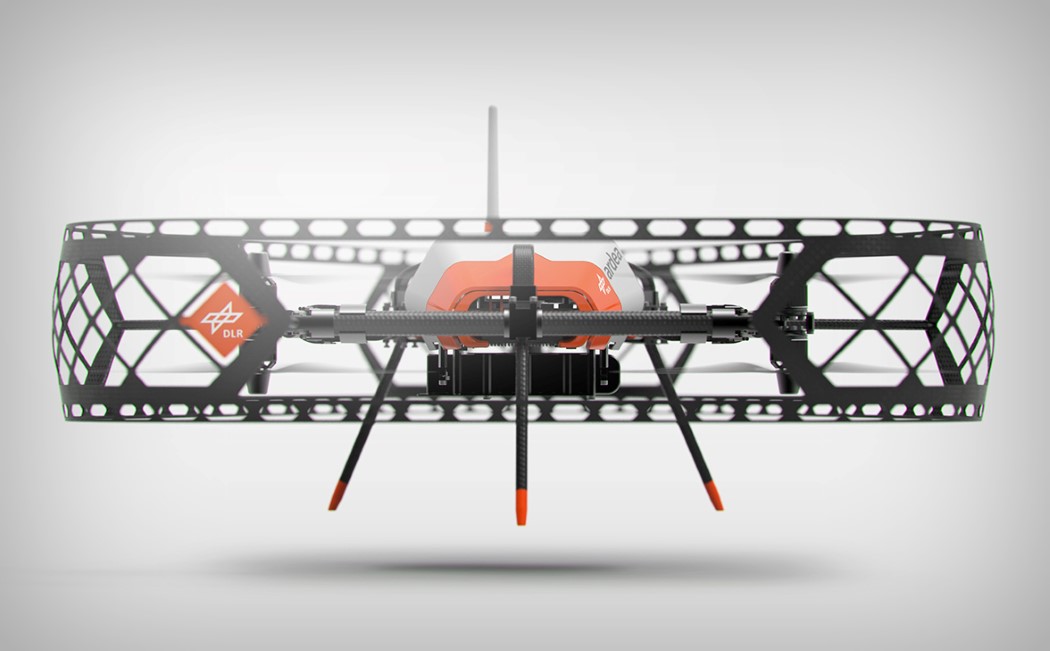
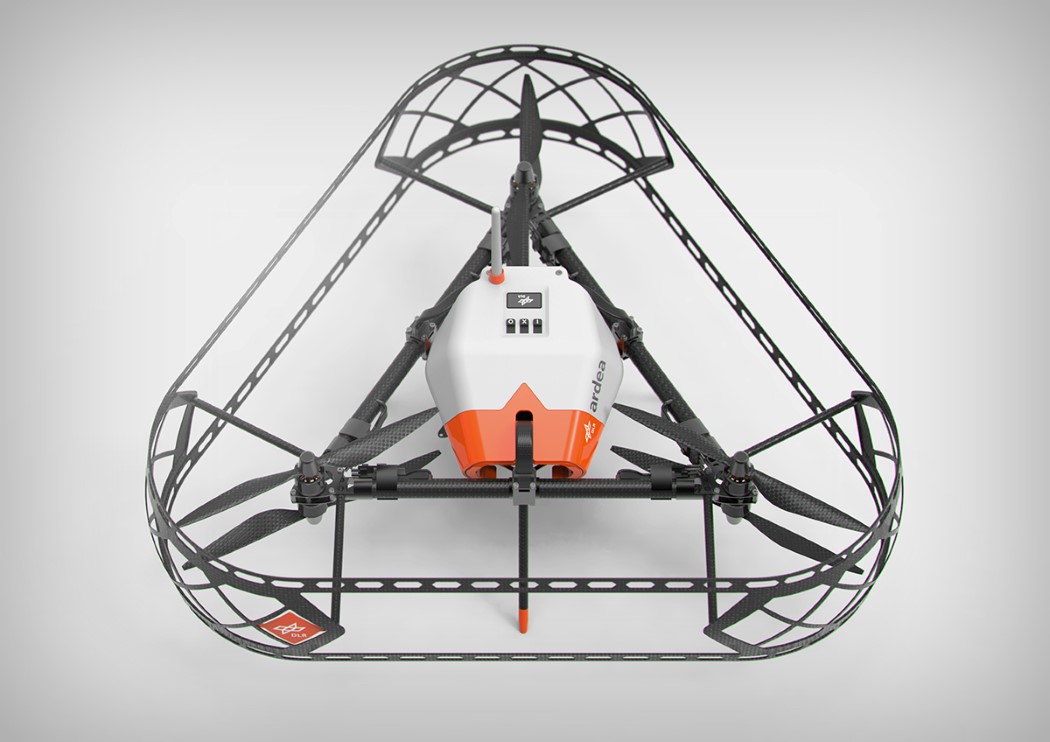
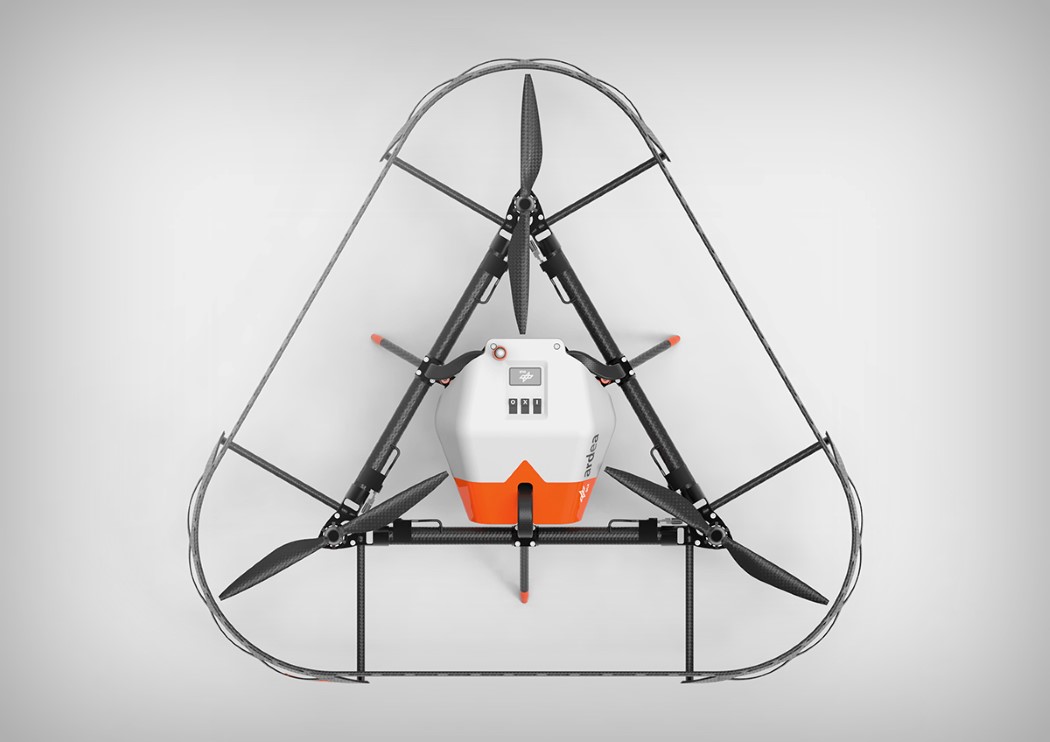
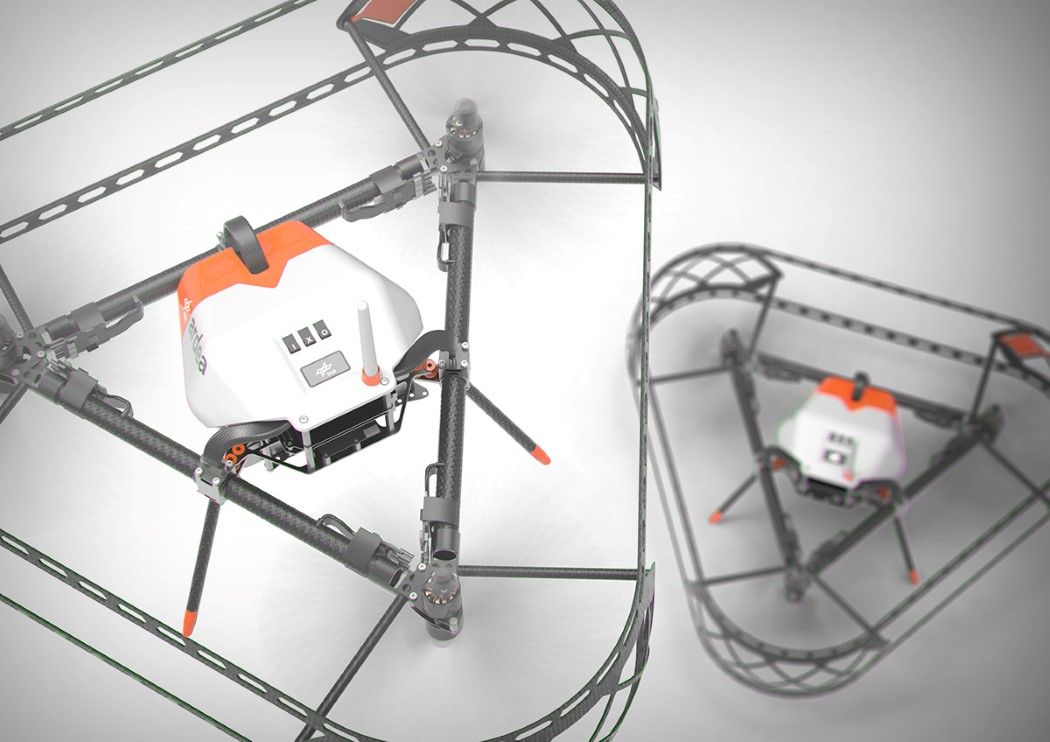
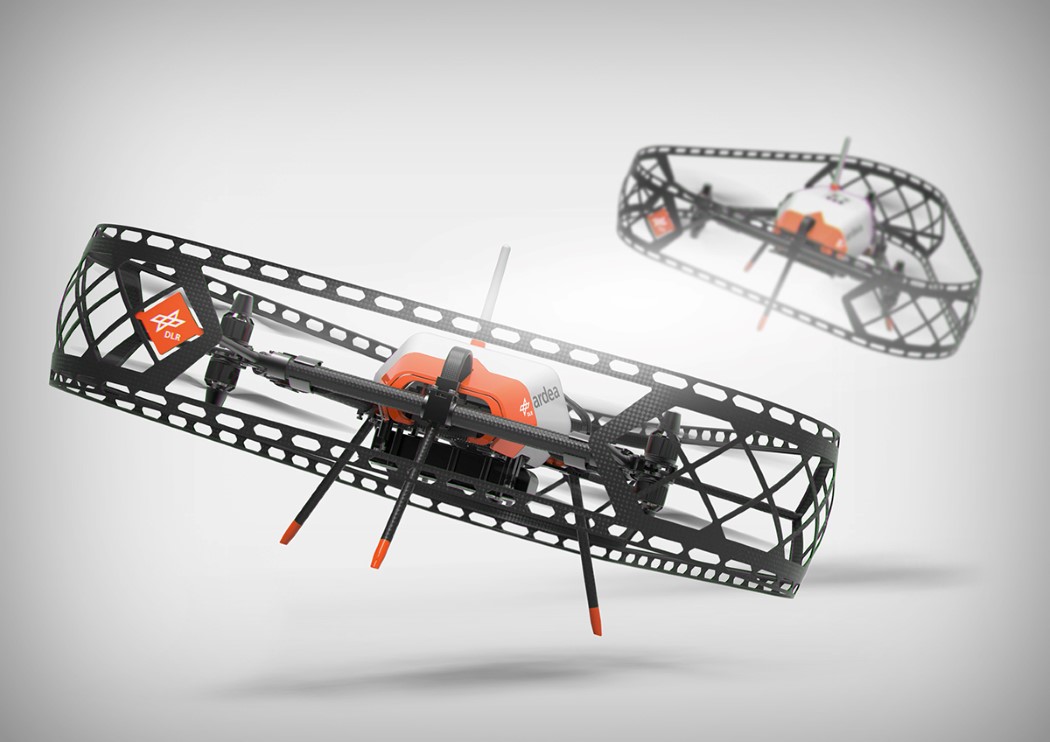
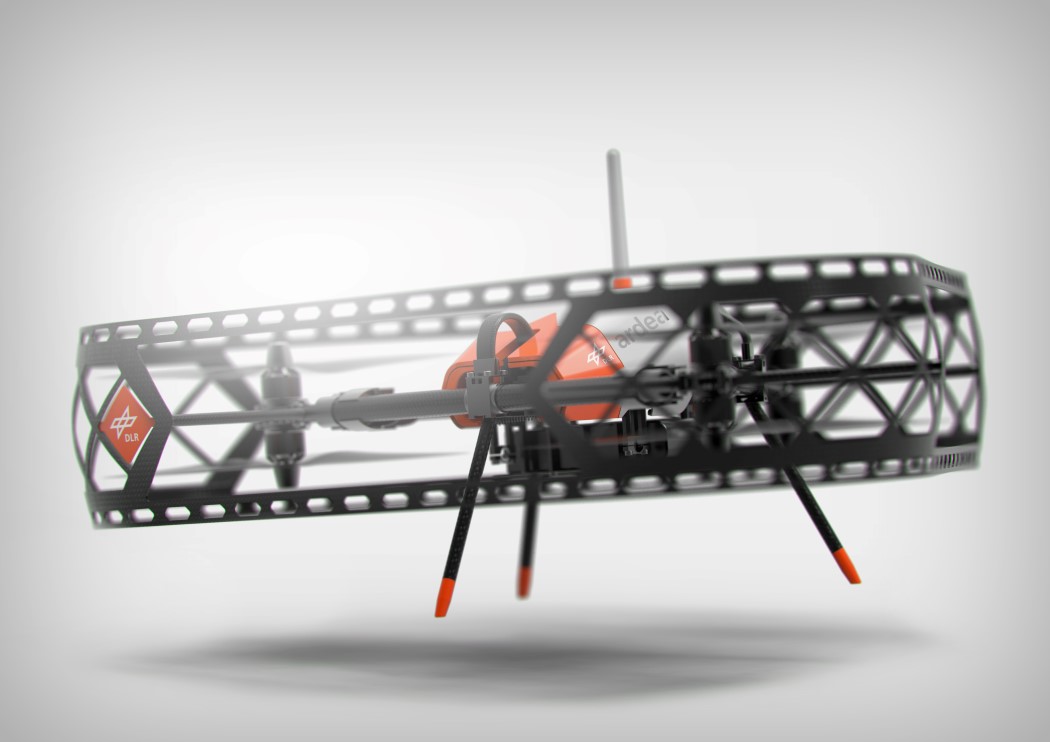
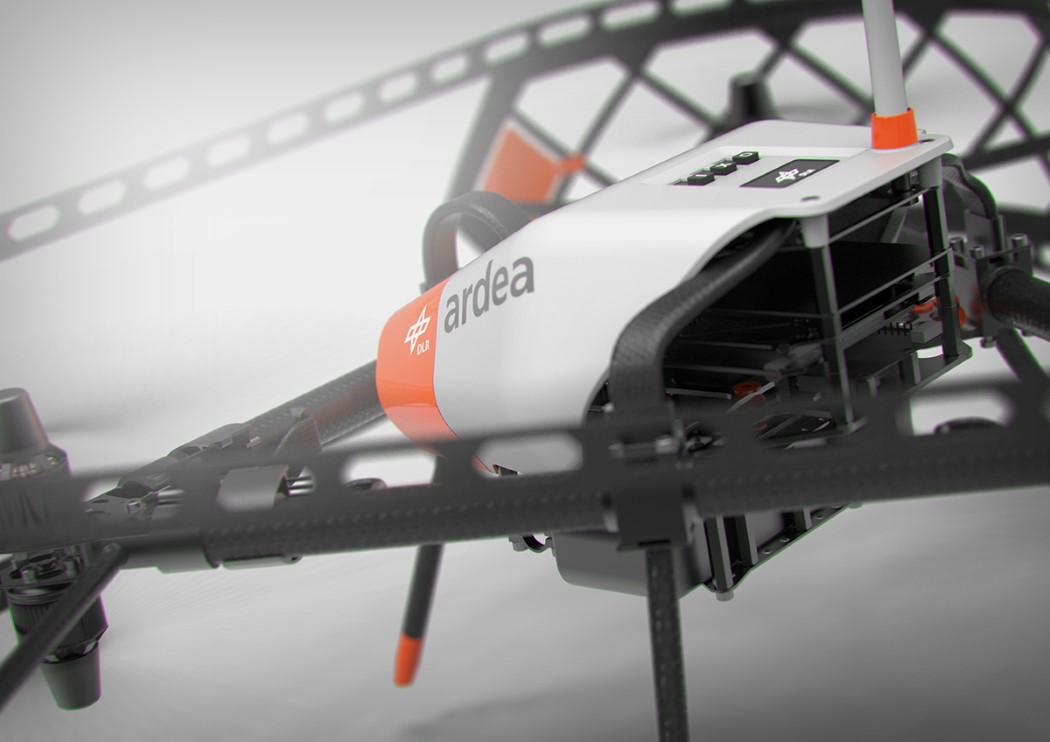
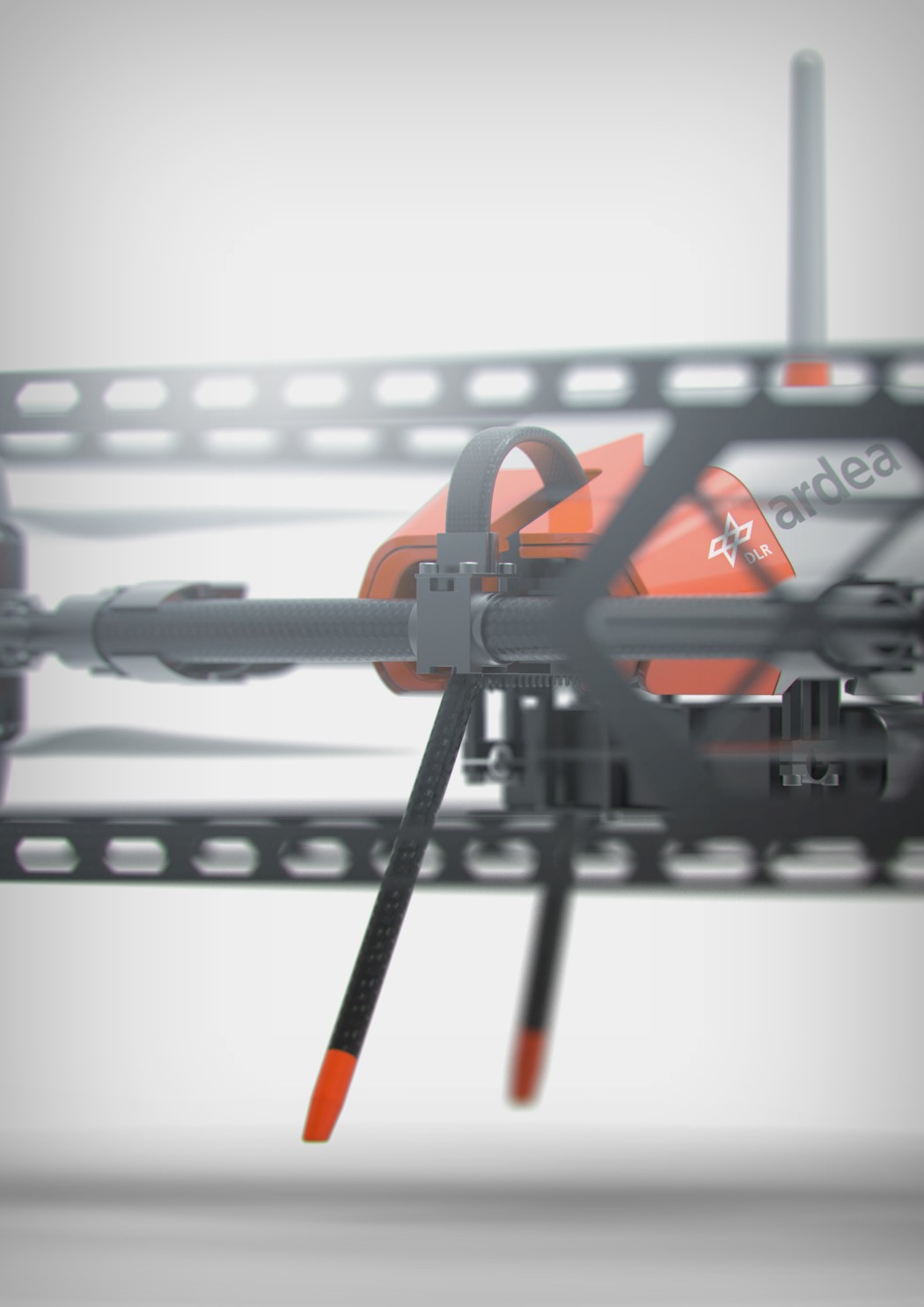
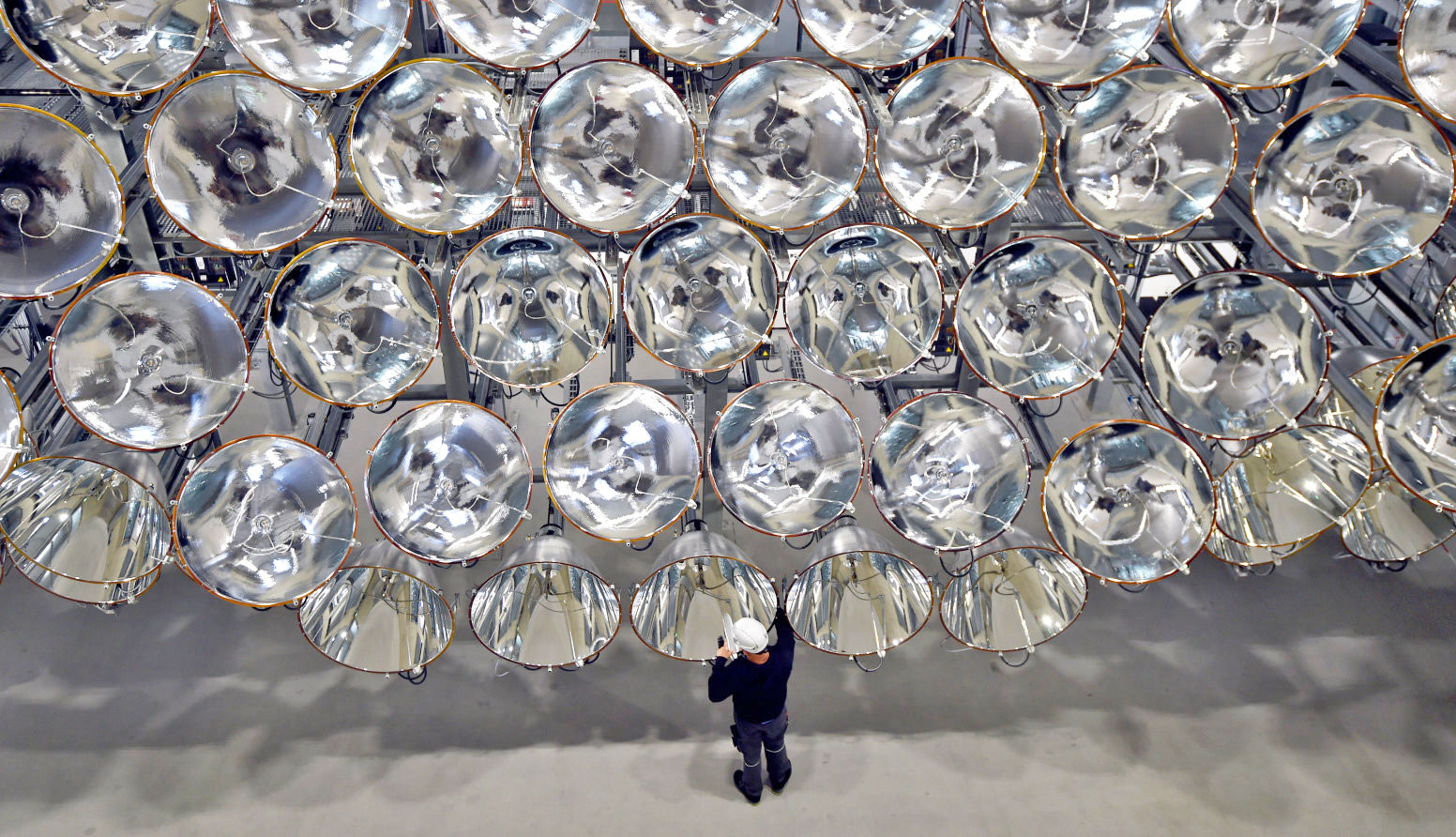 Scientists from the German Aerospace Center (DLR) are testing a novel way to generate hydrogen, a potential green energy source, by using a massive array of lights normally found in movie theaters.
Scientists from the German Aerospace Center (DLR) are testing a novel way to generate hydrogen, a potential green energy source, by using a massive array of lights normally found in movie theaters.
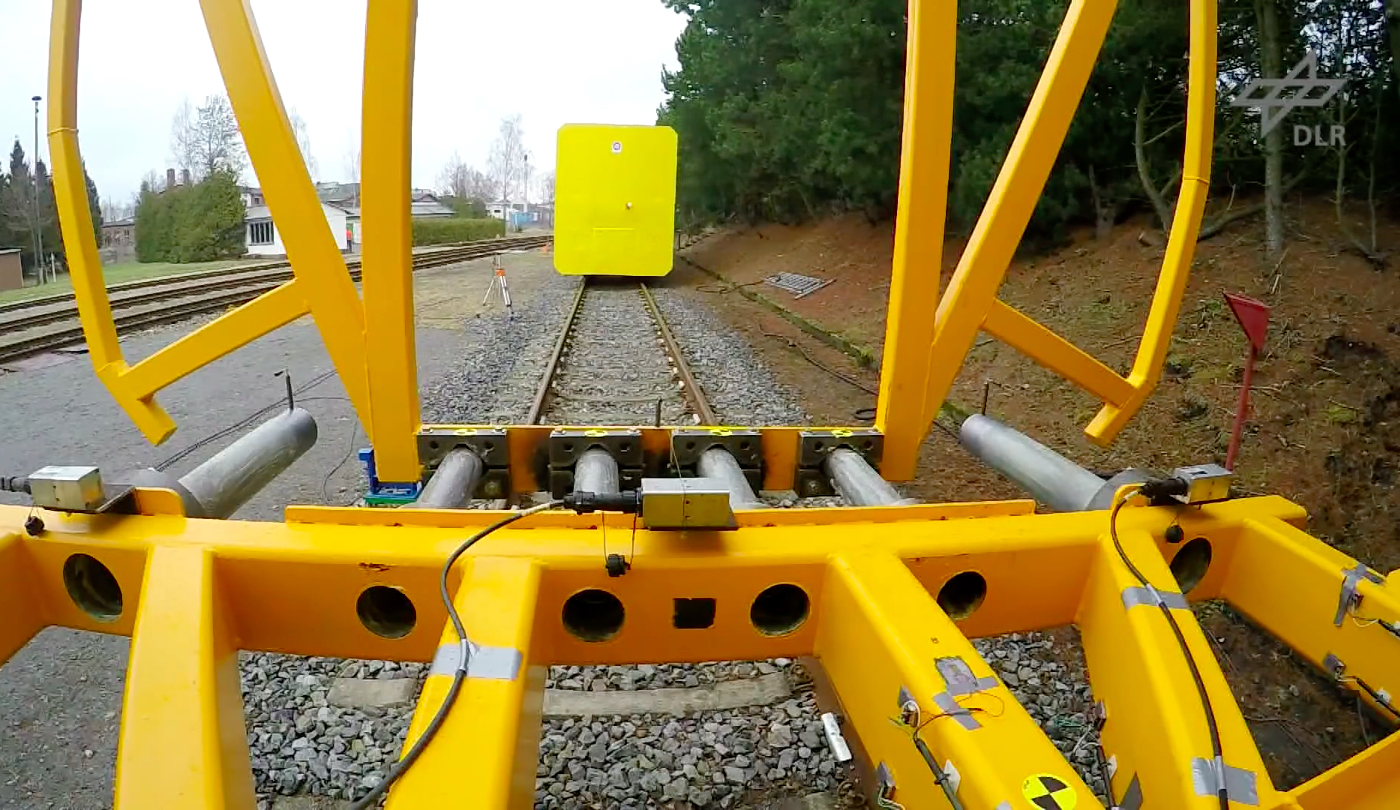 An aerospace agency might seem like an unlikely place to find a breakthrough in railroad safety equipment, but that is exactly what the engineers at the German Aerospace Center (better known as DLR) have recently come up with. As Wired reports, DLR e...
An aerospace agency might seem like an unlikely place to find a breakthrough in railroad safety equipment, but that is exactly what the engineers at the German Aerospace Center (better known as DLR) have recently come up with. As Wired reports, DLR e...
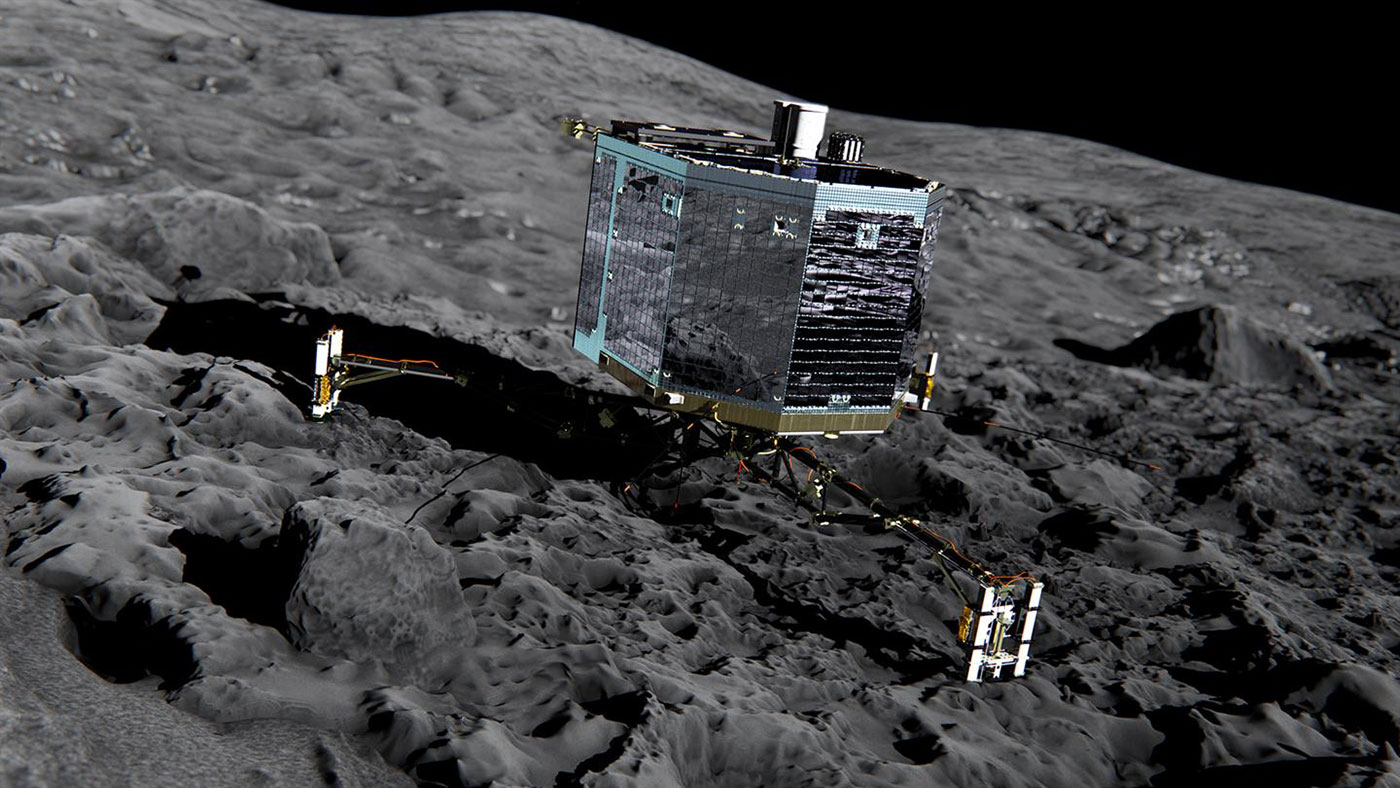 The mostly quiet Philae comet lander appears to be silent for good. German space agency DLR announced today that it would no longer attempt to send commands to the unit. "Unfortunately, the probability of Philae re-establishing contact with our team...
The mostly quiet Philae comet lander appears to be silent for good. German space agency DLR announced today that it would no longer attempt to send commands to the unit. "Unfortunately, the probability of Philae re-establishing contact with our team...
 Everyone likes getting something for free, especially when you get to save money doing things you normally do on a daily basis. For the next four Mondays (including today), Mastercard is offering free travel across London's Tube, trains, buses and...
Everyone likes getting something for free, especially when you get to save money doing things you normally do on a daily basis. For the next four Mondays (including today), Mastercard is offering free travel across London's Tube, trains, buses and...
